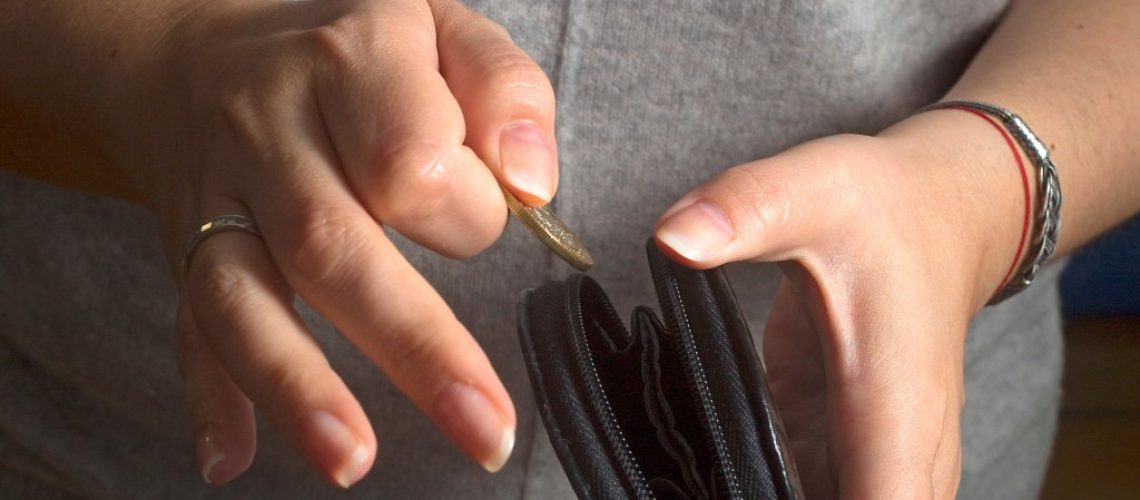Research shows that less than 50% of people aged 60 years and older feel that they have enough saved up for retirement. And credit cards may be the reason why.
Now, take a good hard look at your credit card debts. How many are they? And how big are they? Do you realize that those debts can be the reason you don’t save more through your Lockheed Martin 401k plan? About 30% of retirees struggle to pay off credit card debts. That is something you should not be dealing with when you are no longer working.
You should concentrate on tackling your credit card debts now to improve your retirement savings for the future. Here are several strategies that you can use to do so:
1. Confront your problems
You cannot deal with what you don’t confront. So the first step to tackling credit card debts is to understand how deep in the hole you are. Collect all your credit cards. Find the associated statements. List down what you owe and the interest rates that you need to pay. Visualizing how big of a financial problem you are in makes you more determined to pay them off.
2. Seek relief from your creditors
The next order of business is to find ways of getting relief from your creditors. Clear up some time on your busy schedule. Use that free time to call all your creditors to try and negotiate down your debt. The worst that they can do is say no. Some may surprise you by giving you a better deal that helps to reduce your interest rate and the size of the debt.
3. Come up with a plan of attack
Once you have done what you can to reduce your debt by talking to your creditors, you need to come up with a plan of attack. Decide what you want to pay off first. Is it the credit card with the biggest interest rate or the one with the smallest loan amount? Do what is comfortable for you.
Also, find out the minimum monthly payment that you need to make on each credit card. That is the amount that you must pay on each card to stay current with your payments. Making this payment prevents your credit card debts from spiraling out of control. Then set up a payment schedule. Automating your payment forces you to tackle your bills first before spending what you have left. It enables you to meet your financial obligations to your creditors.

Your plan of attack can also include the use of a 0% balance transfer. That would allow you to transfer debts with higher interest rates to a card that does not charge interest for a set period. Using this method to pay your debt gives you some relief by cutting down what you would owe in terms of interest.
4. Find the money
The money to pay off your credit cards must come from somewhere. So draw up a budget. Prioritize the essential bills you need to pay like utilities, transport, mortgage payments, food, etc. Then determine how you can cut down costs to free up money for additional debt payments. You can do this by eating out less, buying generic household supplies, cycling to work, eliminating your cable TV subscription, etc.
You can also find more money for debt payments by banking your bonuses, gifts, and tax refunds, instead of spending it all. The more money you can channel towards credit card debt payments, the faster you will pay it off.
5. Stop incurring more debt
The reason you have credit card debt is that you bought using cards in the first place. You need to get rid of those cards so that you don’t use them anymore. You can cut them or freeze them up. Also, delete your shopping history online so that it becomes harder to select credit cards as the method of payment.
If you can tackle your credit card debts and pay them off, you can free up a lot of money for your retirement savings. The average individual credit card debt is about $5,300. That can help you achieve your goal of boosting your retirement savings via your company’s plan.

